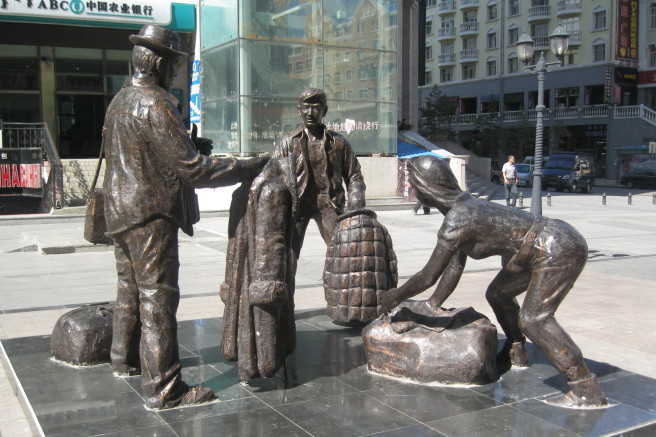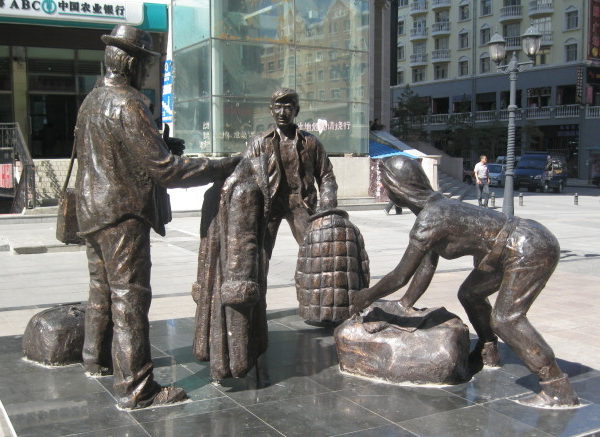
There’s an interesting article today in the Business of Fashion about the underground fashion trade in Russia. An excerpt:
Russia, home to major luxury fashion flagships and department stores, also plays host to an intricate — and unofficial — distribution network for fashion products. A network of clandestine “showrooms”, as they usually label themselves, selling luxury items at prices that undercut the official retailers, operates from private apartments and through social platforms. Some are small-scale operations that work on a pre-order basis, whereby the individual running the business circulates photographs of fashion items on Facebook or Instagram to gauge interest amongst clients before purchasing and importing the goods. Others occupy 200-square-metre spaces in residential buildings and are run like proper stores, but without the costs of paying retail rents and other overheads. There are also official brick-and-mortar stores that, alongside their legitimate stock, sell collections that they should not, technically, be carrying.
[…]
“[The] underground garment trade in Russia goes back to pre-capitalist times,” Lebsak-Kleimans observes. She goes on to quote cult Soviet films that feature fartsovschiki, black marketeers who traded illegitimately from apartments and backstreets as early as the 1950s, offering imported goods that were impossible to buy in official stores. The attitude towards them in the Soviet times was ambivalent. When two pioneers of the trade, Ian Rokotov and Vladislav Faibishenko, were executed under Khruschev in 1961, at the age of 22, thousands of Soviet citizens sent letters endorsing the penalty; yet in more liberal Western-leaning circles, their business was regarded as indispensable, if not heroic.
After the collapse of the USSR, a new generation of clandestine importers emerged: chelnoki, shuttle traders who smuggled clothes and other consumer goods in signature plaid bags. In the economic havoc of the early post-Soviet years such trade became the only way to survive for many people, including those with a university degree. The attitude towards them that still prevails today can be derived from the fact that in 2007 and 2009, two Russian cities, Belgorod and Yekaterinburg, unveiled monuments that glorify chelnoki. Many of the shuttle traders later went on to establish Russia’s first luxury boutiques. “The country’s entire fashion industry grew out of illegitimate trade,” Plissov shrugs. “It would be naïve to expect people to suddenly turn their backs on the black market.”
